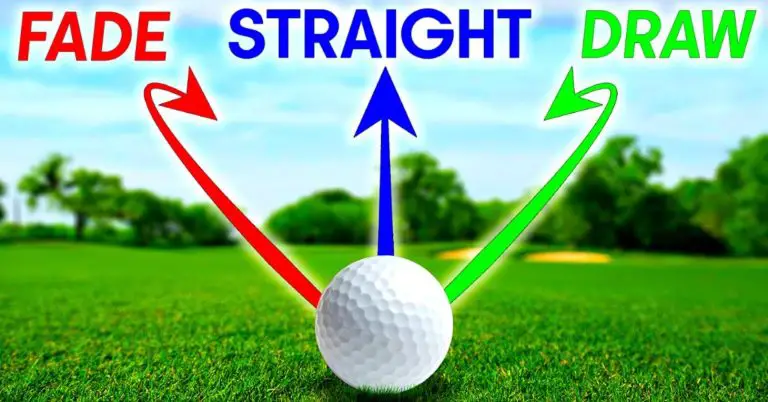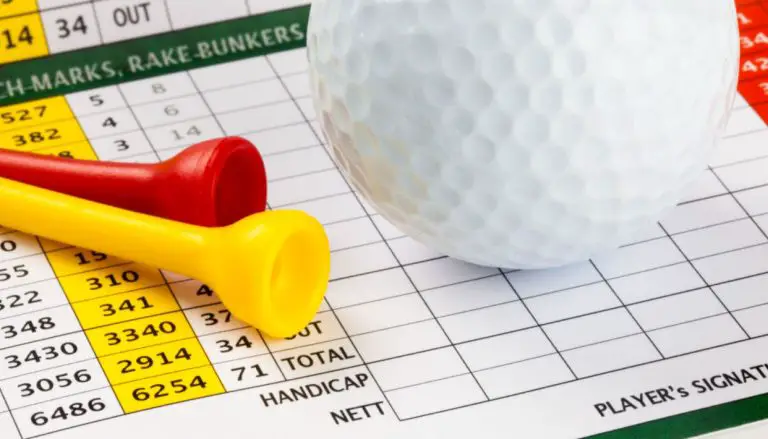Which Hand Should Be Dominant In Golf Swing

In the game of golf, achieving a successful and consistent swing is the key to unlocking your full potential on the course. One important factor that can significantly impact your swing is the dominance of your hand. The question of which hand should be dominant in the golf swing is a common one among golfers looking to improve their game. Finding the right balance between the dominant and non-dominant hand is crucial for grip, control, and generating power in your swing.
When it comes to hand dominance in the golf swing, there isn’t a one-size-fits-all answer. The dominant hand varies from golfer to golfer, depending on factors such as natural preference and coordination. While most right-handed individuals have a dominant right hand and left-handed individuals have a dominant left hand, there are exceptions and variations.
In this comprehensive guide, we will explore the intricacies of hand dominance in the golf swing and provide valuable insights to help you determine which hand should be dominant for you. We will delve into the roles of the dominant and non-dominant hand, examine the impact of hand dominance on grip and control, and offer practical tips and techniques to help you optimize your swing.
Whether you’re a right-handed golfer, left-handed golfer, or someone with cross-dominance, understanding the importance of hand dominance and how it affects your swing can help you make informed decisions to enhance your performance on the golf course. So, let’s dive in and explore the fascinating world of hand dominance in the golf swing.

Understanding Hand Dominance in Golf
Hand dominance refers to the natural preference for using one hand over the other in various tasks. In golf, hand dominance impacts grip, control, and the generation of power during the swing. Understanding the concept of hand dominance and its influence on the golf swing is fundamental to improving technique and consistency.
Hand dominance is influenced by factors such as genetics, practice, and coordination. Most golfers are right-handed, meaning their dominant hand is their right hand, while others are left-handed, with their dominant hand being the left hand. However, it’s important to note that hand dominance is not exclusively tied to being right-handed or left-handed. There are cases of golfers being right-handed but playing golf as left-handed or vice versa, known as cross-dominance.
In the following sections, we will explore hand dominance for right-handed and left-handed golfers separately, as well as the role of the non-dominant hand in the golf swing. By understanding these aspects, you can develop a more well-rounded understanding of hand dominance and its impact on your golf game.
Right-Handed Golfers: Dominant Hand and Its Role
For right-handed golfers, the dominant hand is typically the right hand. The dominant hand plays a critical role in the golf swing, influencing grip, control, and power generation. Let’s delve into the specifics of hand dominance for right-handed golfers.
The dominant right hand provides stability, control, and power during the golf swing. It is responsible for maintaining a secure grip on the club, dictating the clubface’s position, and generating speed and power as it moves through the swing. The right hand’s coordination and strength contribute to a solid and consistent ball strike.
To optimize the advantages of right-hand dominance, right-handed golfers should focus on:
- Grip Pressure: Maintaining a balanced grip pressure between the dominant right hand and the non-dominant left hand is crucial. Excessive pressure from the right hand can lead to tension and loss of control, while insufficient pressure can result in a weak and inconsistent grip.
- Right Hand Positioning: Positioning the right hand correctly on the club is essential for a proper grip. The right hand’s position may vary depending on the golfer’s preference and swing style. Some golfers prefer a more neutral position, while others opt for a stronger or weaker grip. Experimentation and professional guidance can help find the ideal hand position for each golfer.
In the next section, we will shift our focus to left-handed golfers and their hand dominance in the golf swing.
Left-Handed Golfers: Dominant Hand and Its Influence
For left-handed golfers, the dominant hand is typically the left hand. Left-handed golfers must understand the impact of their dominant hand on grip, control, and swing mechanics to optimize their performance. Let’s explore the role of hand dominance for left-handed golfers.
In a similar fashion to right-handed golfers, left-handed golfers rely on their dominant left hand for stability, control, and power in the golf swing. The left hand establishes the grip on the club and guides the swing path, influencing the clubface’s position and the accuracy of the shot.
To make the most of left-hand dominance, left-handed golfers should focus on:
- Grip Technique: Developing a proper grip with the dominant left hand is crucial. A strong connection between the left hand and the club allows for control, precision, and power. Experiment with grip variations to find the grip that feels most comfortable and natural for your swing.
- Left Hand Positioning: The left hand’s positioning on the club is a critical aspect for left-handed golfers. The grip should promote a neutral wrist position, allowing for optimal wrist hinge and clubface control throughout the swing. Professional instruction and practice can help refine the left hand’s position for improved performance.
In the subsequent section, we will explore the role of the non-dominant hand in the golf swing and its significance in achieving a balanced and coordinated swing.
The Role of the Non-Dominant Hand in the Golf Swing
While hand dominance often receives significant attention, the non-dominant hand also plays a vital role in the golf swing. The non-dominant hand contributes to stability, balance, and coordination, working in tandem with the dominant hand to achieve an effective swing. Let’s examine the non-dominant hand’s role in more detail.
For right-handed golfers, the non-dominant left hand serves as a guide and support in the swing. It helps maintain a consistent grip pressure, provides stability throughout the swing, and contributes to proper clubface alignment. The non-dominant hand’s coordination with the dominant hand is crucial for generating a smooth and well-coordinated swing motion.
Similarly, for left-handed golfers, the non-dominant right hand supports the swing, aids in grip pressure, and assists in maintaining control and balance throughout the swing.
To ensure optimal performance with the non-dominant hand:
- Grip Pressure Balance: Finding the right balance of grip pressure between the dominant and non-dominant hands is essential. A harmonious relationship between the two hands promotes a fluid and consistent swing.
- Wrist Hinge and Release: Coordinating the wrist hinge and release between the dominant and non-dominant hands is vital for club control and generating power. Practice drills that emphasize the synchronization of both hands to achieve a fluid swing motion.
In the upcoming sections, we will further explore the concept of balancing hand dominance, examine factors influencing hand dominance in golf, and provide micro-semantics contexts for specialized considerations.
Note: The content provided in this article is intended for informational purposes only. It is important to work with a qualified golf professional to evaluate your individual needs and receive personalized guidance and instruction to improve your golf swing.




